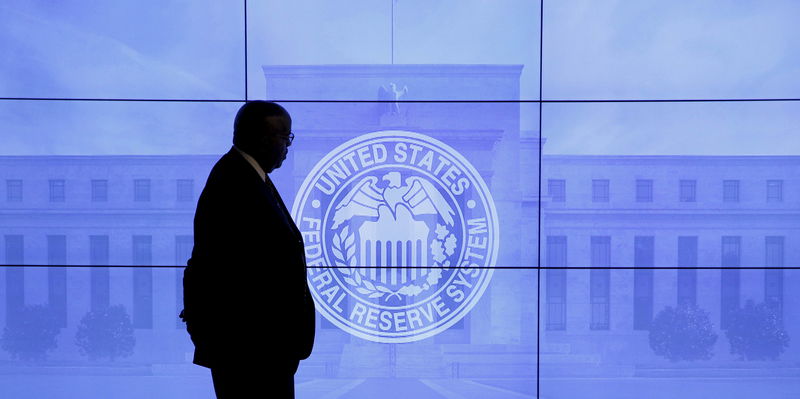By Laura Sanchez
Investing.com - It's the macro appointment of the day. At 8:30 ET (13:30 GMT), we will get data from the U.S. employment report for the month of November, one of the thermometers of the U.S. Federal Reserve (Fed) - together with the data from CPI- to measure the state of health of the U.S. economy.
It is expected that 200,000 new jobs will have been created, less than in October, and that unemployment rate will have remained at 3.7%.
This data will be closely watched by the Fed, especially after this week's remarks by Jerome Powell, chairman of the Fed, signaling a possible reduction in pace of interest rate hikes from the rate decision last month.
"If the forecast is met, this would be good news. Data would remain at still solid levels, but the loss of inertia would reinforce a more dovish stance from the Fed," Bankinter noted.
"Investors are hopeful that the November U.S. jobs report will indicate that interest rate hikes are having the desired effect on the economy, without signaling a possible recession," explains Sergio Avila, market analyst at IG.
"The employment figures will determine the trend with which the stock markets close the week. Better numbers than analysts expected could trigger a sell-off in bond and equity markets, as this would confirm that the US labor market remains very tight, which is an inflationary factor, and could lead the Fed to act more forcefully on monetary policy than many investors expected," according to Link Securities.
"Conversely, worse than analysts' forecasts, we believe, would give 'wings' to the current rally that both bonds and stocks have been enjoying," they added.
"In line with other indicators for the same month ADP, JOLTs, the employment report could show a certain relaxation in the labor market, supporting the moderation in the amount of the Fed's next rate hikes," emphasize Renta 4.
"Powell pointed - in his speech this week - to the labor market as the most important driver of inflation going forward," says George Curtis, manager at TwentyFour AM.
"There are 4 million job openings above the number of unemployed job seekers, but this number has started to shrink recently, as unfilled vacancies have fallen by 1.5 million since the peak in March," he added.
"The nonfarm payrolls (NFP) report will be closely watched by the Fed (and the market); the 200,000 consensus is still elevated, but it is slowing from the 290,000 average of the past three months (which itself was relative to the 450,000 average of the first seven months of the year)," Curtis concluded.
